
Erectile Dysfunction

5 Key points:
- The diagnosis of ED is made when a man has the constant inability to attain or sustain an erection
- ED is age-related but can also be caused by physical and psychological disorders
- Hormonal causes, especially testosterone deficiency, need to be excluded
- ED can also be a harbinger of other diseases like diabetes and hypertension
- ED is treatable with drugs that increase the blood flow to the penis
Erectile dysfunction (ED) is the inability to attain or maintain an erection sufficient for satisfactory sexual intercourse. The causes of ED are advancing age, hypertension, diabetes mellitus, neurological diseases, pelvic surgery / injury (from prostate cancer surgery or radiation), and medications. The basic process of erection requires blood to enter the penis and remain in the penis until the act of intercourse is completed. This requires good blood flow, intact nerves, normal testosterone levels, and healthy erectile tissue [see Fig 1]. Hence, any disease that affects the blood vessels, nerves, (esp. diabetes, hypertension, drugs) hormone levels (esp. aging) and mental health (esp. stress, depression, alcohol, drugs) can cause ED. Because of this strong association, ED can also be a harbinger of neurovascular diseases and should not be viewed as a disease in isolation. Indeed, many men have subsequently been found to have significant heart disease and early diabetes upon further evaluation.
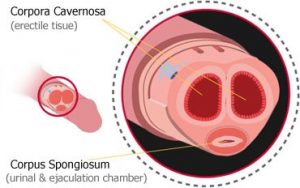
Fig 1. Anatomy of the penis showing the erectile tissue
Diagnosis
A questionnaire is available to help patients and doctors determine the severity of the ED. This is the IIEF-5 questionnaire and a score of 21 or less indicates significant ED. [Fig 2]
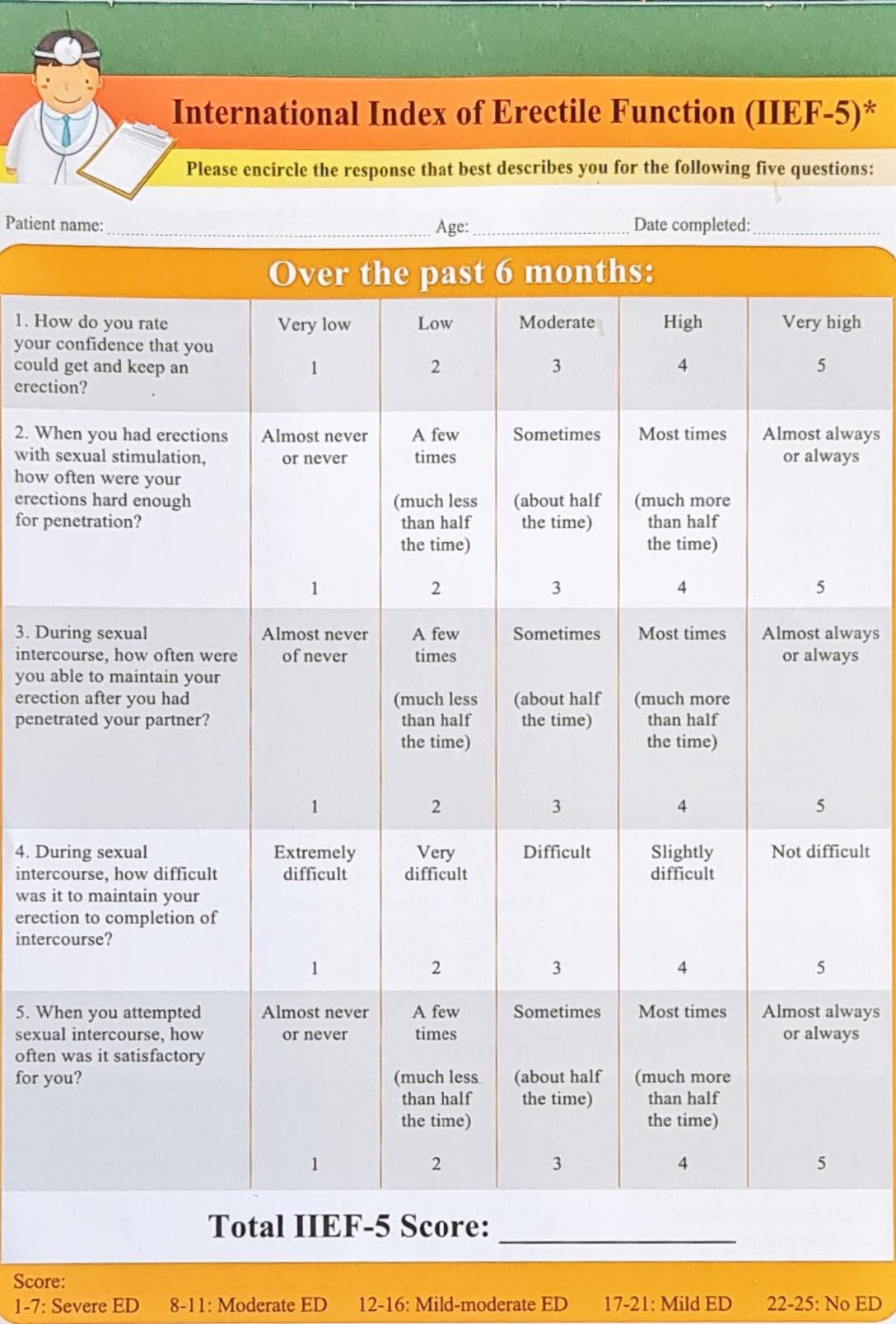
Fig 2. The IIEF-5 questionnaire
Testosterone deficiency syndrome (TDS) may also be an underlying factor. Testosterone levels can be measured to determine but this must be a morning sample taken before 10 am for accuracy
To determine if blood flow is a cause, a vascular scan can be done, e.g. Colour doppler ultrasound – but is reserved for those who do not respond to treatment, and in whom surgery is contemplated.
Treatment
- Psychotherapy – many sufferers have some form of stress, anxiety or depression which affecting their erection. It is important to also know how this is affecting their sex life with their partners or spouse.
- Drugs [Fig 3] are the most common solution. They work by increasing the blood flow into the penis to sustain erection. These tablets are PDE5 inhibitors and are established and safe. The only contraindications are men with severe heart disease and who need nitrate medication for angina. There are 4 available FDA approved drugs – sildenafil (Viagra), tadalafil (Cialis), vardenafil (Levitra) and avanafil (Spedra). These drugs are more than 90% effective. The side effects of headache, flushing and nasal congestion usually diminish with subsequent doses.
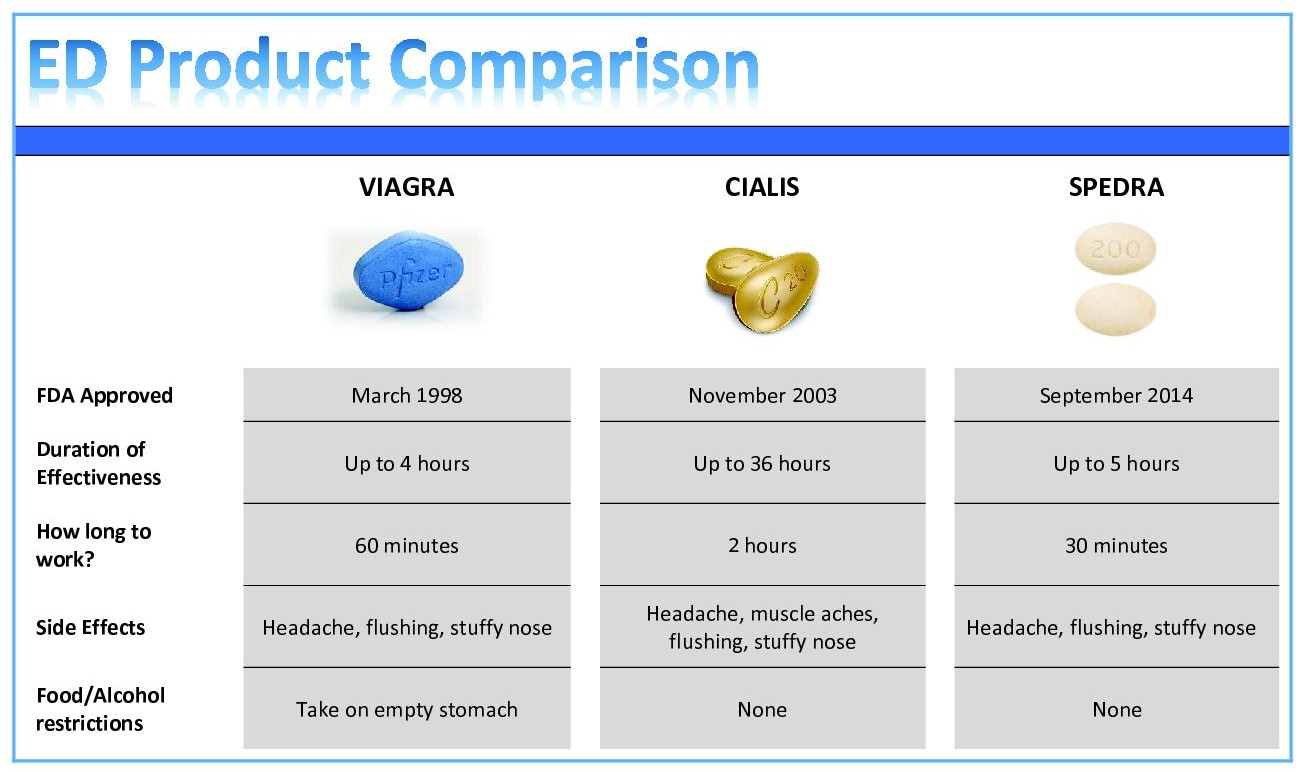
Fig 3. Comparison of ED drugs
All PDE5 inhibitor drugs are safe provided the genuine drug is taken. There are a lot of fake ones in the market and the danger is that they may be laced with dangerous chemicals. The reports of sudden blindness are rare and seen mostly in those with long-standing hypertension and diabetes. Natural remedies from ginseng to tongkat ali are but plants extracts that have even been made into pills. There are no studies that show they work better than the PDE5 drugs.
3. Penile injection of vasoactive drugs [Fig 4] – the most common is prostaglandin PGE1 (Caverject) which is safe and lasts for an hour. However, the injection itself produces a burning pain.
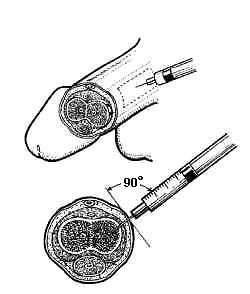
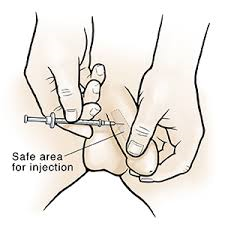
Fig 4. PGE1 injection into the penis
4. Devices – vacuum pump sucks blood into the penis with a ring placed around the base of the penis to prevent the blood from draining out. The vacuum pump (Fig 5) is rather cumbersome to use because it requires the placement of a rubber ring (c) at the base of the penis and using a hand-held pump (b) to create a vacuum within the cylinder (a) to draw blood into the penis.
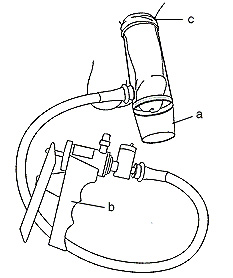
Fig 5. Vacuum pump device
5. Surgery [Fig 6] – involves inserting in an implant to create an artificial erection. Penile implant surgery is expensive and has risks of infection and implant failure. Candidates for implant must have the manual dexterity to activate the pump and be aware of the problems that their implants can give.
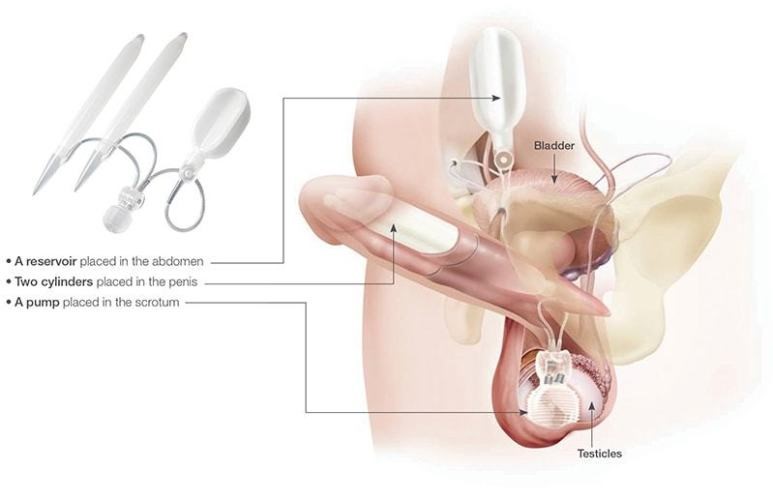
Fig 6. 3-piece inflatable penile implant
Summary
Erectile dysfunction gets commoner as a man ages. The causes are poor blood flow, impaired nerves and low testosterone levels. A psychological component is often present too e.g. work stress, relationship issues and performance anxiety. Most cases of ED can be overcome with PDE5i drugs.